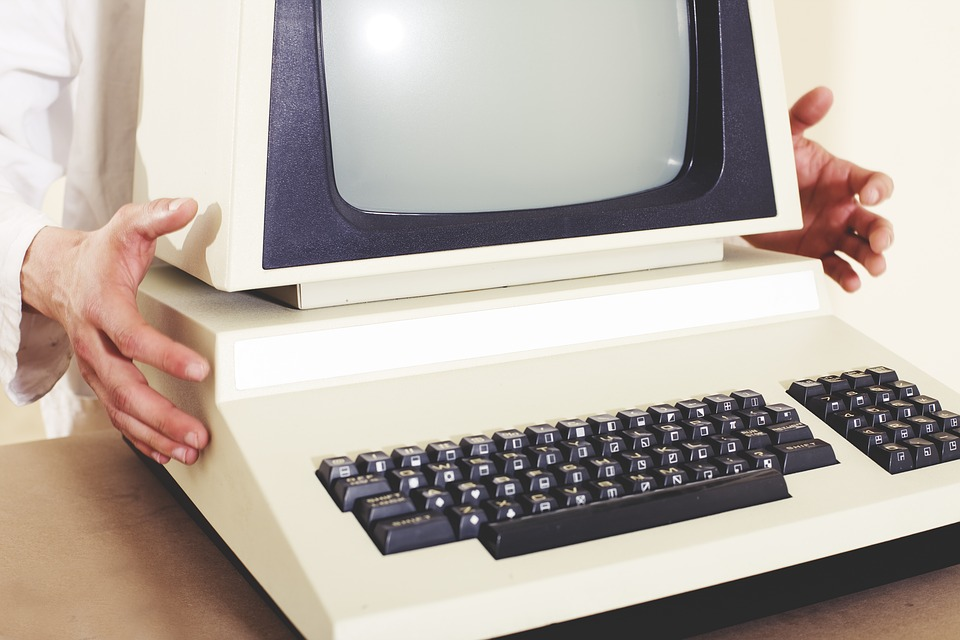The industry standard enclosure for a 1U rack-mountable PC measures 11 inches deep, 19 inches wide and a mere 1.75 inches tall. While this rackmount computer is significantly smaller than a traditional desktop central processing unit (CPU), there are even smaller PCs than a 1U computer. Technology has indeed made it possible for computer hardware to become smaller as its computing power continue to increase exponentially. Some may not know it, but today’s computers, even the desktop types, are hardly even a fraction of the size of the earliest computers. Here’s a look at the history of computer hardware sizes.
First-generation Computers ― Circa 1940 to 1955
Computers during this era were the first and the biggest computers ever. Some 17,000 vacuum tubes powered the first computer, the Electric Numerical Integrated Computer (ENIAC) and it used magnetic drums to store data and memory. As for its size, it took up 1,800 square feet of floor area and weighed 30 tons.
The ENIAC had some 70,000 resistors, 10,000 capacitors, 6,000 manual relays and 1,500 relays. To give you a better idea of how big the ENIAC was, you can park an entire school bus within the floor space that it occupied. Other similar computers were built during this era, but they were all too large, too expensive to build and operate, slow and required hundreds of kilowatts of power to run.
Second-generation Computers ― Circa 1956 to Early 1960s
The development of the transistor became a game changer for computer technology in 1956. The transistor made the vacuum tubes obsolete, and it paved the way for the creation of cheaper, faster and less power-hungry computers. Although some of the second generation computers were still as big as an entire room, some became as small as a regular office desk like the IBM 1620, which was a huge size drop from the ENIAC. Computers during this era are also referred to as “transistor computers.”
Third-generation Computers ― Circa 1965 to 1975
Transistor computers did not last long, however, because integrated circuits became the rave in the development of semiconductor technology. The integrated circuit or the microchip led to even faster and more efficient computers. It also made the computer more available to a greater number of people. This was the era when the first operating system was created and when the familiar monitor and keyboard computer set up first appeared. Third generation computers were similar in size to standard desktop PCs with cathode-ray tube (CRT) monitors.
Fourth-generation Computers ― Circa 1974 to Present
The invention of the microprocessors by Intel ushered in the fourth generation of computers, which is why many today believe that present-day computers still belong to the fourth generation. This era saw the birth of personal computers. The processing power and storage capacities of computers have grown exponentially compared to previous generations. Computer hardware sizes during this era largely remained the same.
Present-day Computers
Present-day computers come in many forms and miniaturization of computer hardware no longer seems to be the primary goal of manufacturers. However, laptop computers have become lighter and thinner. Huge amount of data can now be stored in small thumbnail drives. Tablets and smartphones are essentially computer devices as well.
Technology can still be quite unpredictable, and the future doesn’t seem too clear where computer hardware sizes are headed. Perhaps what is more important than computer hardware size, however, is how computer technology will further shape our future.
